Helmut Fischer will not be cheering for Germany during the Euro 2016. He comes from the Bavarian town of Herzogenaurach, where sport is a family affair that gets bitter and personal.
Fischer, 67, said he has always hated the jerseys worn by Die Mannschaft, which are made by Adidas.
“I never watch any of their matches, unless they’re facing a team wearing Puma shirts,” he said.
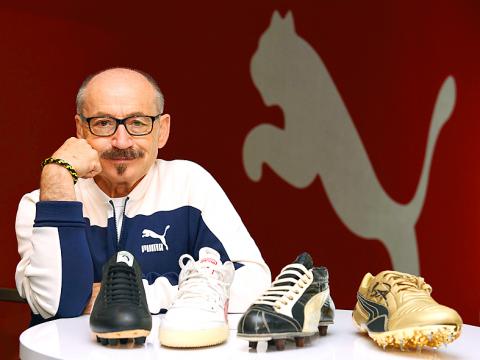
Photo: AFP
The pretty town of 25,000 in the southern state of Bavaria is where the Dassler brothers, Adolf and Rudolf, set up their rival sportswear empires, Adidas and Puma.
Fischer has worked for Puma for 38 years and the allegiance goes more than just skin deep. He is proud of his employer’s logo tattooed onto his calves and on his back.
And when he meets someone for the first time, he says he “automatically” looks at what they’re wearing on their feet before saying hello.
The habit is so widespread in Herzogenaurach that it has been nicknamed “the town of bent necks.”
For decades, everyone sported their trainers as a sort of flag: Adidas on the southern bank of the Aurach river that divides the town, and Puma to the north.
It has never been quite clear what caused Adolf and his older brother, Rudolf, to fall out in 1948.
However, there has never been a lack of theories — jealousies during the Nazi period, interference by the brothers’ wives, extramarital affairs.
“The secret has never been uncovered. All of the explanations up until now are just suppositions,” said Joerg Dassler, a grandson of Rudolf, who quit the sports industry to become an event manager.
“No one understood why they fell out,” said Georg Hetzler, an 85-year-old pensioner who was an apprentice tailor when the two brothers broke up their joint company, Dassler Brothers.
Initially hired by Rudolf, he was one of 13 adventurers who followed him to Puma.
Adolf held on to the equipment and most of the workforce and christened his firm Adidas, which combines the abbreviated form of his first name with the first part of his surname.
What ensued was a bitter family feud littered with betrayals and low blows.
During the 1968 Mexico Olympic Games, Adidas had Puma’s shoes held up at customs.
In 1970, Puma broke a gentlemen’s agreement between the two to not hire Pele, taking him on for the World Cup.
“The family feud spread to the entire workforce,” said Joerg Dassler, who only met his grand-uncle Adolf once, in the stands during an athletics championship.
The two never spoke.
During the 1960s and 1970s, the “Pumeraner” and the “Adidassler,” as the respective workforces called themselves, “didn’t even sit next to each other in bars,” Georg Hetzler said.
“When I started at Adidas 30 years ago, we were forbidden from even mentioning the name Puma. We always had to speak of ‘the competitor on the other side of the Aurach,” Adidas chief executive Herber Hainer said.
“There were restaurants and bars only frequented by Puma employees and others only by Adidas employees, but that’s over now,” he said.
On Herzogenaurach’s market place, the 100-year-old bakery, Roemmelt, is staying neutral.
“My parents always had a pair of shoes of each brand in their car, which they would put on,” depending on which firm they were delivering to, said Klaus Roemmelt, 53.
A Dassler has not been in charge of either group since the early 1990s.
Adidas and Puma are both now listed on the stock exchange and attract employees from all over the world who are less inclined to carry on the feud.
In face of the battle with the world’s No. 1 sportshoe maker, Nike, the family squabbles are unimportant anyway. Nike, with annual sales of US$30.6 billion, dwarfs Adidas with US$19 billion and Puma with just US$2.64 billion.
Officially, the two brothers buried the hatchet in 2009 at a soccer match between teams made up of Adidas and Puma workers mixed together.
Bjorn Gulden, the Norwegian head of Puma, who has also worked at Adidas, insisted the rivalry has reached a “healthy” balance.
However, tensions remain. Adidas recently delayed a Puma building application for an extension of its headquarters at the town authorities.
Moreover, both accuse the other of plagiarism.
Their two new sportshoe models — Adidas’ “Boost” and Puma’s “NRGY” — look remarkably similar, with their soles made of expanded thermoplastic polyurethane (eTPU), a shock-absorbing granulated component.
Puma began developing the technology with chemical giant BASF, but BASF pulled out of the partnership to work with Adidas instead.
Puma says it invented the detachable cleats used on the Adidas boots worn by German players when they won the 1954 World Cup final.
Ever since, Die Mannschaft have worn the Adidas logo.
Herzogenaurach also has two soccer teams: ASV, who are sponsored by Adidas, and FC, who wear Puma.
Since 2014, young players have trained wearing the same jersey.
“That would have been unthinkable 40 years ago,” Herzogenaurach Mayor German Hacker said.
However, “the final hurdle would be a merger of the two clubs, and that’s a very long way off, with the family lines etched too deeply into people’s minds,” he said.
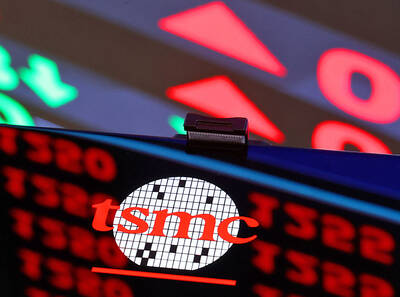
SEMICONDUCTOR SERVICES: A company executive said that Taiwanese firms must think about how to participate in global supply chains and lift their competitiveness Taiwan Semiconductor Manufacturing Co (TSMC, 台積電) yesterday said it expects to launch its first multifunctional service center in Pingtung County in the middle of 2027, in a bid to foster a resilient high-tech facility construction ecosystem. TSMC broached the idea of creating a center two or three years ago when it started building new manufacturing capacity in the US and Japan, the company said. The center, dubbed an “ecosystem park,” would assist local manufacturing facility construction partners to upgrade their capabilities and secure more deals from other global chipmakers such as Intel Corp, Micron Technology Inc and Infineon Technologies AG, TSMC said. It
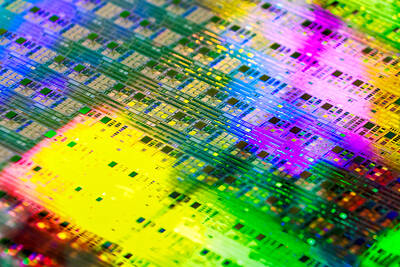
NO BREAKTHROUGH? More substantial ‘deliverables,’ such as tariff reductions, would likely be saved for a meeting between Trump and Xi later this year, a trade expert said China launched two probes targeting the US semiconductor sector on Saturday ahead of talks between the two nations in Spain this week on trade, national security and the ownership of social media platform TikTok. China’s Ministry of Commerce announced an anti-dumping investigation into certain analog integrated circuits (ICs) imported from the US. The investigation is to target some commodity interface ICs and gate driver ICs, which are commonly made by US companies such as Texas Instruments Inc and ON Semiconductor Corp. The ministry also announced an anti-discrimination probe into US measures against China’s chip sector. US measures such as export curbs and tariffs
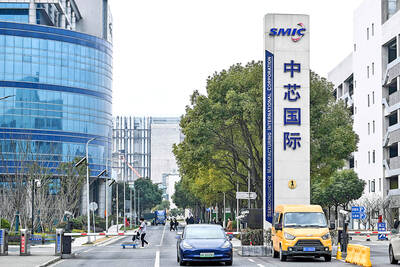
The US on Friday penalized two Chinese firms that acquired US chipmaking equipment for China’s top chipmaker, Semiconductor Manufacturing International Corp (SMIC, 中芯國際), including them among 32 entities that were added to the US Department of Commerce’s restricted trade list, a US government posting showed. Twenty-three of the 32 are in China. GMC Semiconductor Technology (Wuxi) Co (吉姆西半導體科技) and Jicun Semiconductor Technology (Shanghai) Co (吉存半導體科技) were placed on the list, formally known as the Entity List, for acquiring equipment for SMIC Northern Integrated Circuit Manufacturing (Beijing) Corp (中芯北方積體電路) and Semiconductor Manufacturing International (Beijing) Corp (中芯北京), the US Federal Register posting said. The
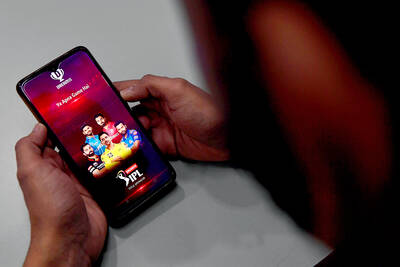
India’s ban of online money-based games could drive addicts to unregulated apps and offshore platforms that pose new financial and social risks, fantasy-sports gaming experts say. Indian Prime Minister Narendra Modi’s government banned real-money online games late last month, citing financial losses and addiction, leading to a shutdown of many apps offering paid fantasy cricket, rummy and poker games. “Many will move to offshore platforms, because of the addictive nature — they will find alternate means to get that dopamine hit,” said Viren Hemrajani, a Mumbai-based fantasy cricket analyst. “It [also] leads to fraud and scams, because everything is now